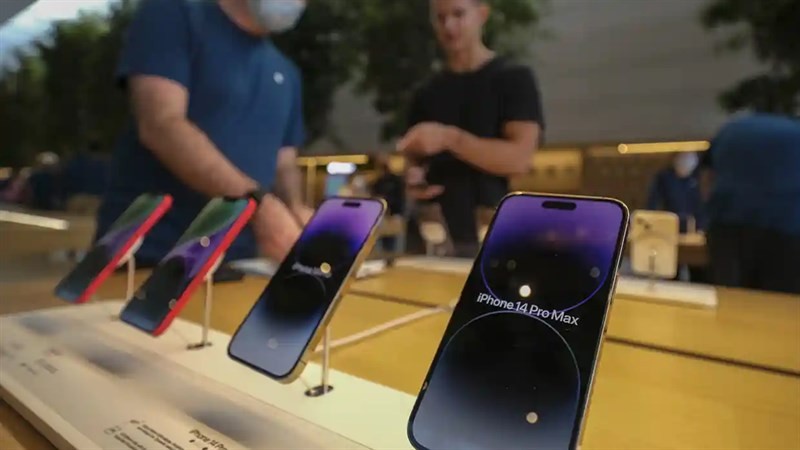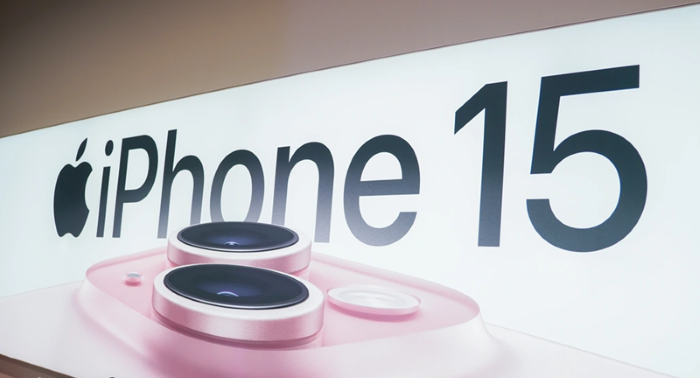According to the latest report from market research firm Counterpoint Research, the number of smartphones sold globally in the third quarter decreased by 8% compared to the same period last year. In particular, sales of the top 5 smartphone brands all decreased.
 |
| Global smartphone shipments fell 8% in the third quarter compared to the same period last year. |
Samsung continues to maintain its leading position in the smartphone market despite a 13% drop in sales compared to the same period in 2022. This is thanks to the success of the Samsung Galaxy A series in the mid-range price segment.
Apple came in second with 16% market share, down 9% year-on-year. The iPhone 15 series reportedly attracted a lot of interest from users. However, supply was still limited during the initial launch period, preventing sales from increasing strongly.
The next positions belong to Xiaomi (12% market share), Oppo (10% market share) and Vivo (8% market share). Currently, all three smartphone brands are focusing on promoting development in the Indian and Chinese markets.
According to Counterpoint Research, the smartphone market will also continue to decline throughout 2023, especially in developed markets. However, there are many positive signs in the fourth quarter.
"We expect the smartphone market to reverse its decline in the fourth quarter. The launch of the iPhone 15 series and the year-end shopping season could be the driving force for the global smartphone market to grow again," according to experts at Counterpoint Research.
 |
| The launch of the iPhone 15 and the year-end shopping season could be the driving force behind the global smartphone market. |
Previously, a report from market research firm TrendForce showed that global smartphone production has also been continuously declining for many consecutive quarters.
Considering the period from the first half of 2023, the global smartphone industry only reached 522 million devices, down 13.3% compared to the same period in 2022. According to TrendForce, this is also the lowest level in the past 10 years.
"According to the plan, smartphone manufacturers will return to normal operations after clearing all their inventories. However, the global economic recession has forced consumers to cut back on spending, causing smartphone production to decline more than expected," said a report from TrendForce .
Source




































































































Comment (0)